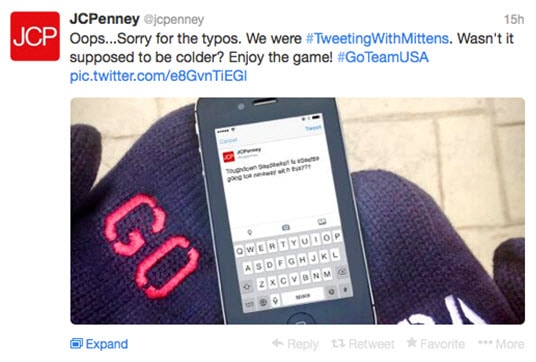Marketing at the Top of the Funnel
 What does it mean to focus your marketing at the “top of the funnel?” The sales funnel is essentially a model that depicts the purchasing process of prospects. The top of the funnel, the widest part, is where your brand makes itself known to the potential customer; this is prospect awareness and education. As the funnel narrows, so does your prospect pool. Here, your marketing and sales efforts become much more direct and personalized and you can focus on quality lead nurturing. The bottom of the funnel is when the purchase is made—leads turn into paying customers. When you maintain strong marketing at the top of the funnel, the bottom of the funnel should never be empty.
What does it mean to focus your marketing at the “top of the funnel?” The sales funnel is essentially a model that depicts the purchasing process of prospects. The top of the funnel, the widest part, is where your brand makes itself known to the potential customer; this is prospect awareness and education. As the funnel narrows, so does your prospect pool. Here, your marketing and sales efforts become much more direct and personalized and you can focus on quality lead nurturing. The bottom of the funnel is when the purchase is made—leads turn into paying customers. When you maintain strong marketing at the top of the funnel, the bottom of the funnel should never be empty.
Marketing at the top of the funnel can include several different types of practices; a couple of the most successful include social media marketing and content marketing (namely, via blogging). Take a look at all of your current marketing channels: email marketing, blog posts, search ads, social media posts, how-to videos, etc. Which are the ones that educate prospects and invite them to explore your website? In order to answer that question, you need to have a solid understanding of who your prospects are and what they’d like to know. The best way to figure that out is to monitor your marketing analytics so you can keep an eye on the numbers that matter in terms of your company’s goals. Taking a look at these numbers will show you which articles are most popular, what your social media followers like to read, and which landing page designs are most effective in terms of leading the prospect to the information they are looking for.
As far as the overall process of the funnel, here’s a simplistic overview:
- Start with content marketing (blog/social media).
- Insert links that take the visitor to your landing pages.
- Provide something of value on the landing pages (for example, whitepaper downloads).
- Continue to nurture the lead with personalized information that helps them to make their purchasing decision.
When implementing marketing at the top of the funnel, communication between marketing and sales is key. This allows the sales process to continually evolve and increase effectiveness with each cycle. An effective marketing plan leads to a more effective sales process. Involving marketing at the top of the funnel means implementing productive marketing strategies at the early stages of a prospect’s interactions. Here, you can weed out the ones who are not likely to turn in to paying customers, saving your sales team time on those wasted efforts.











